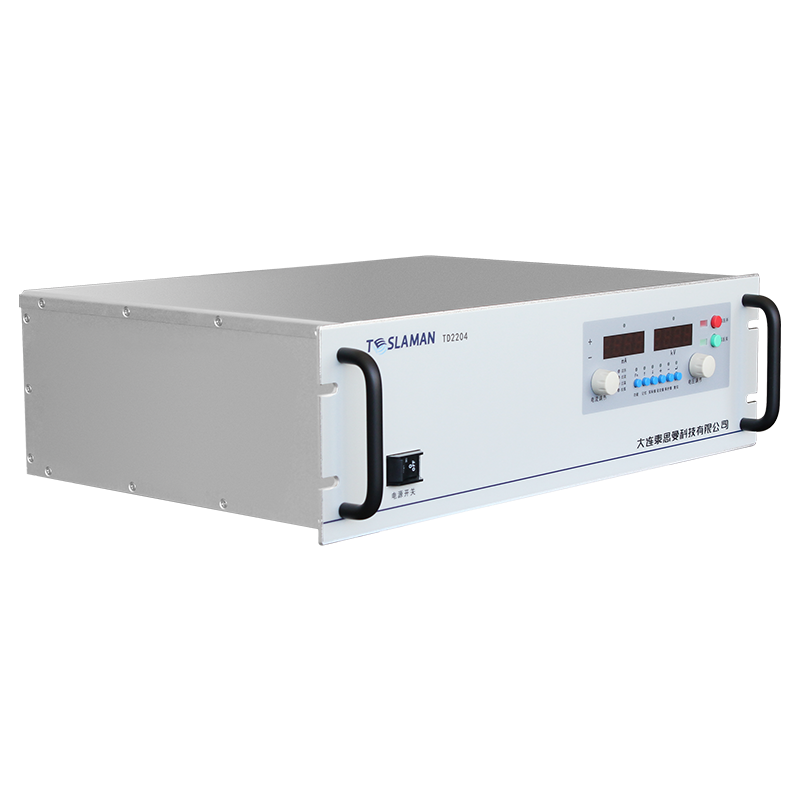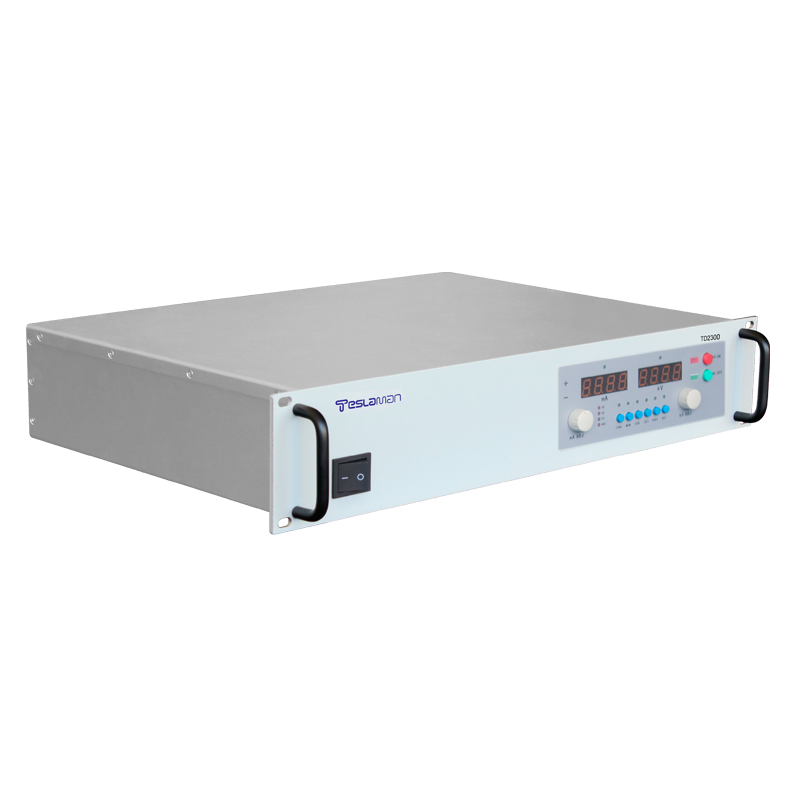Application and Efficiency Evaluation of High-Voltage DC Power Supply Technology in Electric Vehicle Power Systems
With the rapid development of the electric vehicle industry, high-voltage DC power supply technology, as one of the key technologies of its heart part—the power system, is receiving more and more attention. This article will explore the application of high-voltage DC power supply in electric vehicle power systems and its efficiency evaluation from a professional perspective.
I. Overview of High-Voltage DC Power Supply Technology
The core component of an electric vehicle is the battery pack, which provides the vehicle with a power source. High-voltage DC power supply technology forms a high-voltage battery pack by connecting multiple battery cells in series or parallel, providing the required DC voltage and current for the electric vehicle. This design not only improves the output power of the battery pack but also reduces the current, thereby reducing energy loss and improving overall energy efficiency.
II. Application of High-Voltage DC Power Supply in Electric Vehicle Power Systems
1. Motor Drive System: The power source of an electric vehicle is the motor, which requires a high-voltage DC power supply for driving. Through high-efficiency power electronic converters, such as inverters, the high-voltage DC power supply can convert electrical energy into the three-phase AC power required by the motor, thereby driving the vehicle.
2. Energy Recovery System: Electric vehicles generate energy feedback during braking or deceleration, which can be converted back into electrical energy and stored in the high-voltage battery pack through regenerative braking technology. This not only extends the vehicle's range but also helps improve energy utilization.
3. Charging System: Electric vehicles need to be charged regularly to replenish energy. High-voltage DC fast charging technology has become the mainstream of current charging facilities, which can provide a large amount of energy for electric vehicles in a short time, significantly shortening the charging time.
III. Efficiency Evaluation of High-Voltage DC Power Supply Technology
1. Conversion Efficiency: One of the key indicators for evaluating high-voltage DC power supply technology is its conversion efficiency. This involves the energy loss throughout the process from the battery pack to the motor and then to energy recovery. High-efficiency power electronic devices and optimized control strategies are crucial for improving conversion efficiency.
2. Energy Density: The energy density of the high-voltage battery pack determines the range of the electric vehicle. By adopting advanced materials and manufacturing processes, continuously improving the energy density of the battery pack is an important way to enhance the performance of electric vehicles.
3. Thermal Management Efficiency: High-voltage DC power supplies generate heat during operation, and an effective thermal management system can ensure that the battery pack works within an appropriate temperature range, avoiding performance degradation or even safety hazards.
4. Cost-Benefit Analysis: Although high-voltage DC power supply technology improves the performance of electric vehicles, it also increases costs. Therefore, when conducting efficiency evaluations, it is also necessary to consider its economic benefits, including long-term usage costs, maintenance costs, etc.
IV. Conclusion and Outlook
High-voltage DC power supply technology plays a crucial role in the power system of electric vehicles. By continuously optimizing power electronic devices, control strategies, and thermal management systems, the conversion efficiency and energy density of high-voltage DC power supplies can be further improved, promoting the development of electric vehicles towards higher performance and longer range. At the same time, as battery costs gradually decrease and charging facilities become increasingly perfect, high-voltage DC power supply technology will play a more significant advantage in the field of electric vehicles.




















